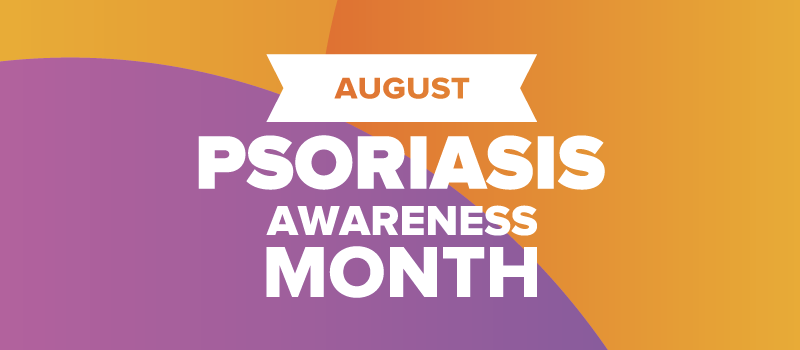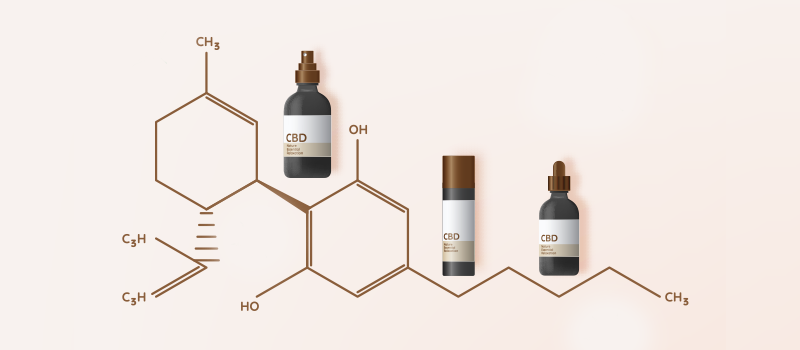What’s the Buzz
The Bee Healthy Blog
What Are the 5 Types of Psoriatic Arthritis?

Psoriatic arthritis is a type of inflammatory arthritis. It causes joint symptoms like pain, swelling, and morning stiffness and can also affect other organs like the eyes and gastrointestinal tract. Psoriatic arthritis (PsA) typically occurs in people with a skin condition called psoriasis, which is associated with red, flaky, silvery patches on the skin.
There are 5 types of psoriatic arthritis which vary according to the number and location of joints affected. A person can have more than one type of PsA, and the pattern can change over time. The treatment depends on a person’s PsA symptoms.
Early diagnosis and treatment are key to limiting joint damage from psoriatic arthritis. That’s why it’s important to seek professional medical advice if you suspect this condition. Please keep reading to learn about the common symptoms of the different types of psoriatic arthritis.
What is another name for psoriatic arthritis?
Psoriatic arthritis (PsA) is a type of spondyloarthritis. It is an autoimmune condition that is classified under rheumatic diseases. PsA occurs due to a fault in the immune system, whereby the immune system attacks healthy skin, joint, and bone tissues. Psoriatic arthritis is a chronic (long-lasting) inflammatory disease. It typically occurs in people with a skin condition called psoriasis but can be present without psoriasis, especially in people who have family members with psoriasis.
What joints are most affected by psoriatic arthritis?
The joints most affected by psoriatic arthritis depend on the type of PsA. In general, psoriatic arthritis affects the large joints, especially in the lower extremities, as well as the small joints of the toes and fingers. It can also affect the pelvis and lower spine. Other organs that may be affected by psoriatic arthritis include the nails, tendons, ligaments, eyes, and gastrointestinal system.
What triggers psoriatic arthritis?
Various internal and environmental factors can trigger psoriatic arthritis, such as mental stress, skin infections, skin rashes, dry skin, sunburn, bumps, bruises, weight gain, smoking, drinking alcohol, eating unhealthy foods, lack of sleep, strep throat, skipping doses of psoriatic arthritis medications, and a rebound effect at the end of treatment for psoriatic arthritis.
How serious is psoriatic arthritis?
Psoriatic arthritis can be mild in some people. In others, it can cause severe joint pain, swelling, and stiffness. Besides causing painful joints, the condition can affect other organ systems. Psoriatic arthritis is a chronic condition that can become worse over time. If left untreated, disease progression can lead to severe pain and permanent damage and deformity in the affected joints.
How is psoriatic arthritis different from rheumatoid arthritis?
Psoriatic arthritis is linked to a skin condition called psoriasis, which is an autoimmune disease. In other words, people with psoriasis are more likely to get psoriatic arthritis. The other types of arthritis, such as rheumatoid arthritis and osteoarthritis, are not linked to psoriasis.
What are the different types of psoriatic arthritis?
Symmetric Psoriatic Arthritis
This is the most common type of PsA and occurs in about half of all people with the condition. It affects five or more joints in the body and occurs in matching joints on both sides of the body, for example, both knees, both hips, both hands, or both feet. Symmetric PsA is commonly mistaken for rheumatoid arthritis, which is also an autoimmune disease that affects both sides of the body and can cause similar symptoms. However, psoriatic arthritis can make the fingers and toes swell up to the point that they look like sausages—so this is one way to tell the two conditions apart.
Asymmetric Psoriatic Arthritis
Asymmetric PsA (also called oligoarticular PsA) accounts for approximately 30% of all psoriatic arthritis cases. It is usually mild and affects five or fewer joints. Asymmetric PsA is characterized by swelling and discomfort on only one side of the body. It typically affects the fingers, toes, knees, and hips. Other symptoms of asymmetric psoriatic arthritis include red, scaly patches on the skin, joint stiffness, and reduced range of motion of the joints.
Distal Psoriatic Arthritis
The word distal in medical terminology means “away from the center of the body.” DIP PsA is a type of psoriatic arthritis that occurs in the distal interphalangeal joints (DIP joints) of the fingers and toes. Distal interphalangeal predominant PsA can be mistaken for osteoarthritis, which is an age-related condition that occurs due to wear and tear of the joints. Symptoms of distal PsA include pain, swelling, stiffness, and nail changes (discoloration, pitting, flaking, and separation from the nail bed).
Spondylitis PsA
This type of psoriatic arthritis affects the sacroiliac joints and vertebrae in the pelvis and lower spine, respectively. It can also involve the ligaments that connect and attach to these bones. The involvement of the spine and sacroiliac joints results in neck and back pain and stiffness. Besides the spinal column, spondylitis PsA can also cause joint involvement of other joints such as the shoulders, arms, and legs. Other symptoms range from headaches to weakness in the arms and legs and problems with bowel and bladder function. Psoriatic spondylitis can be mistaken for ankylosing spondylitis.
Psoriatic Arthritis Mutilans
This is the most severe form of psoriatic arthritis and also the most uncommon. It causes damage to the small joints of the hands and feet. Psoriatic arthritis mutilans can result in bone loss and shortening of the digits. It may cause fusion of the toe and finger joints. It can also affect the back. Other symptoms of psoriatic arthritis mutilans include severe inflammation and pain in the hands and feet, reduced range of motion, nail disease, and disfigurement of the digits.
How do doctors treat the 5 types of psoriatic arthritis?
According to the National Psoriasis Foundation, there is no cure for psoriatic arthritis. However, treatment can help to address symptoms and prevent the condition from worsening over time. This can help to improve the quality of life in patients who develop PsA and experience pain and stiffness. The treatment plan depends on PsA symptoms. It is important to have your psoriatic arthritis medically reviewed so that the treatment can be tailored to your needs.
Some of the medications used to reduce inflammation and treat PsA symptoms like pain and stiffness in patients with psoriatic arthritis include:
- Nonsteroidal anti-inflammatory drugs (NSAIDs) like ibuprofen and naproxen.
- Steroid medications in the form of pills or injections.
- Disease-modifying antirheumatic drugs (DMARDs) such as methotrexate, leflunomide, sulfasalazine, tofacitinib, and apremilast.
- Biologic drugs such as anti-TNF medications (certolizumab pegol, adalimumab, etanercept, infliximab, golimumab) and interleukin inhibitors (secukinumab, ustekinumab, ixekizumab).
The treatment plan for psoriatic arthritis also typically includes physical therapy and exercises to increase joint flexibility and muscle strength. Doctors also recommend avoiding known triggers of psoriatic arthritis, such as stress, smoking, too much alcohol consumption, and an unhealthy diet. Surgery is sometimes necessary to treat deformed joints.
References:












SOCIAL